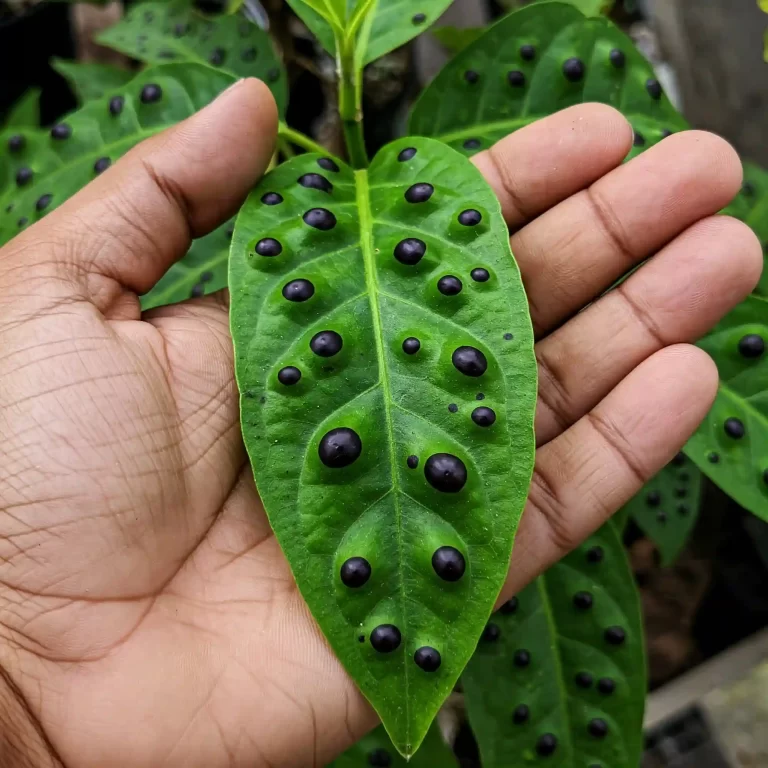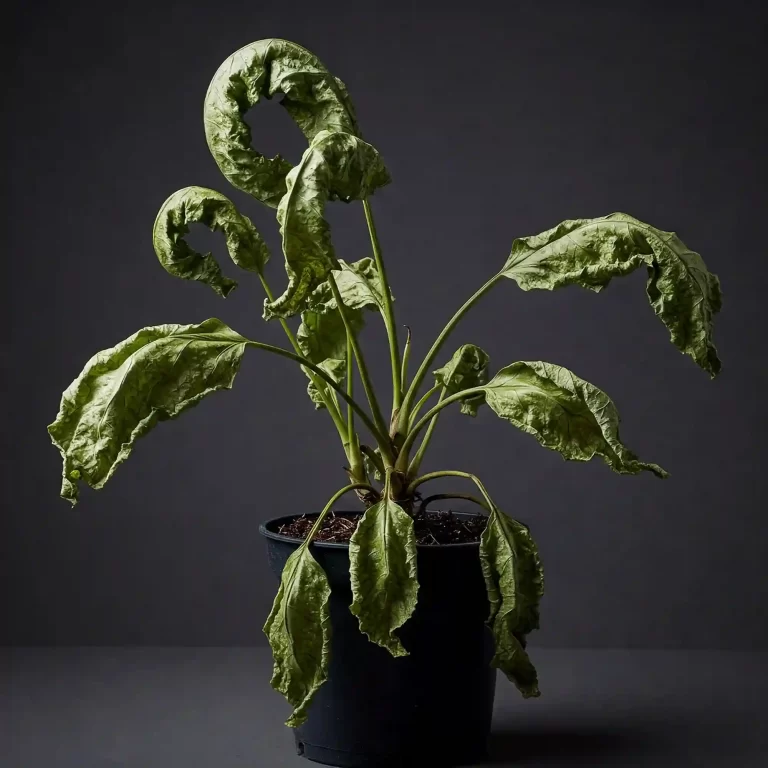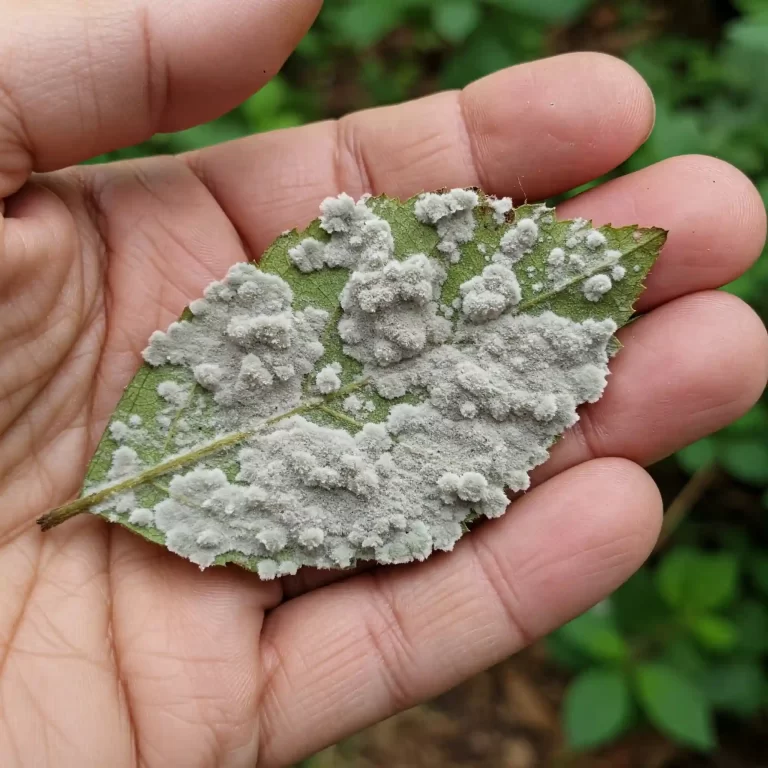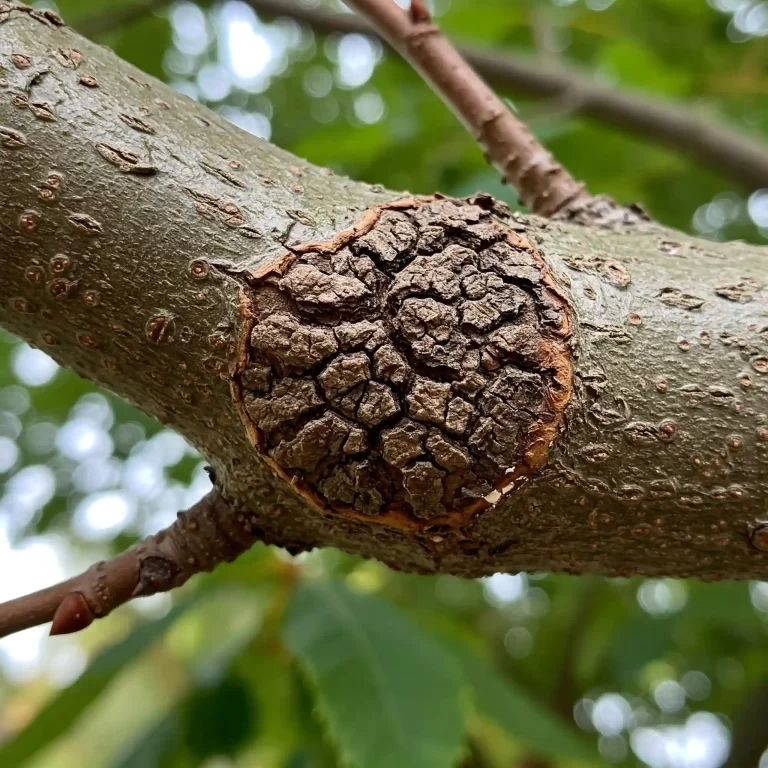| Key Takeaways |
|---|
| – Calathea musaica is a tropical houseplant with a unique and intricate leaf pattern that resembles a mosaic. |
| – It is a member of the prayer plant family, which means it moves its leaves in response to light and darkness. |
| – It needs bright indirect light, well-draining soil, regular watering, high humidity, warm temperature, and light fertilizing to thrive and maintain its vibrant colors and patterns. |
| – It can be pruned and propagated by division, and it can suffer from some common problems, such as pests, diseases, and environmental stress, which can be prevented and treated with proper care. |
| – It is a beautiful and fascinating plant that can add charm and interest to any indoor space. |
Calathea musaica, also known as the network plant, is a tropical houseplant with a unique and intricate leaf pattern that resembles a mosaic. It is a member of the prayer plant family, which means it moves its leaves in response to light and darkness. In this article, you will learn how to grow and care for this beautiful and fascinating plant, and how to avoid some common problems that can affect its health and appearance. You will also discover some interesting facts and tips about this plant, and how to propagate it to create more plants for yourself or your friends.
Optimal Conditions for Calathea Musaica
Calathea musaica is native to the tropical regions of Brazil, where it grows in the understory of the rainforest. It is adapted to the warm, humid, and shady environment, and it needs similar conditions to thrive as a houseplant. Providing the right conditions for calathea musaica is essential to keep it healthy and happy, and to maintain its vibrant colors and patterns. Here are the optimal conditions for calathea musaica:
Light
Calathea musaica can tolerate low light, but it prefers medium to bright indirect light to maintain its vibrant colors and patterns. Avoid direct sunlight, as it can scorch the leaves and cause them to fade. A north or east-facing window is ideal for this plant, as it will provide enough light without being too harsh. You can also use artificial lights, such as fluorescent or LED bulbs, to supplement the natural light, especially during the winter months. Make sure to provide at least 6 hours of light per day, and rotate the plant occasionally to ensure even growth.
Soil
Calathea musaica needs a potting mix that is rich in organic matter, but also drains well. You can use a peat-based or coco coir-based potting mix, or make your own by adding perlite, vermiculite, or orchid bark to improve drainage. Avoid using soil that contains water-retentive crystals, as they can cause root rot. The ideal pH for calathea musaica is slightly acidic, between 5.5 and 6.5. You can use a pH meter or test strips to check the pH of your soil, and adjust it with lime or sulfur if needed.
Humidity
Calathea musaica thrives in high humidity, as it mimics its natural tropical habitat. You can increase the humidity around the plant by misting it regularly, placing it on a pebble tray with water, or using a humidifier. Aim for a humidity level of 50-80% for optimal growth. Low humidity can cause the leaves to curl or crisp, and make the plant more susceptible to pests and diseases. You can use a hygrometer to measure the humidity of your room, and adjust it accordingly.
Temperature
Calathea musaica is sensitive to cold and drafts, so keep it in a warm and cozy spot. The ideal temperature range for this plant is 65-85°F (18-30°C). Avoid placing it near windows, doors, vents, or air conditioners that can expose it to temperature fluctuations. If the temperature drops below 60°F (15°C), the plant may suffer from leaf damage, wilting, or stunted growth. You can use a thermometer to monitor the temperature of your room, and adjust it accordingly.
Watering and Fertilizing Calathea Musaica
Watering and fertilizing calathea musaica properly and regularly is crucial to keep it healthy and happy. Calathea musaica likes to be kept moist, but not soggy, and it needs a balanced and diluted liquid fertilizer every 4-6 weeks during the spring and summer. Here are the watering and fertilizing requirements for calathea musaica:
Watering
Water calathea musaica thoroughly when the top few inches of the soil feel dry to the touch. Use filtered, distilled, or rainwater, as tap water may contain minerals or chemicals that can harm the plant. Brown edges or tips on the leaves can indicate that the water quality is poor or the plant is underwatered. Yellow or drooping leaves can indicate that the plant is overwatered or has root rot. The ideal water temperature for calathea musaica is room temperature, as cold or hot water can shock the plant. Water the plant in the morning or early afternoon, and avoid wetting the leaves, as they can develop fungal infections. You can use a watering can, a hose, or a sink to water the plant, and make sure to drain the excess water from the saucer or pot.
Fertilizing
Fertilize calathea musaica with a balanced liquid fertilizer diluted to half-strength every 4-6 weeks during the spring and summer, when the plant is actively growing. Do not fertilize it in the fall and winter, when the plant is dormant. You can use a general-purpose or a houseplant-specific fertilizer, or make your own by using organic materials, such as compost, worm castings, or seaweed extract. Follow the instructions on the label, and avoid overfertilizing, as it can burn the roots and leaves. Pale or faded leaves can indicate that the plant is underfertilized or lacks nutrients. You can use a measuring cup, a spoon, or a syringe to apply the fertilizer, and make sure to water the plant before and after fertilizing to prevent salt buildup in the soil.
Pruning and Propagating Calathea Musaica
Pruning and propagating calathea musaica can keep it neat and tidy, and create more plants for yourself or your friends. Calathea musaica can be pruned and propagated by division, which is best done in the spring or summer. Here are the pruning and propagating methods for calathea musaica:
Pruning
Prune calathea musaica to remove dead or damaged leaves, stems, or flowers, and to maintain its shape and size. You can prune it anytime, but it is better to do it in the spring or summer, when the plant is growing. Use a clean and sharp pair of scissors or pruners, and cut the leaves or stems at the base, close to the soil. Dispose of the cuttings, and sanitize your tools after pruning to prevent the spread of diseases. Pruning can also stimulate new growth and improve the air circulation and light penetration around the plant.
Propagating
Propagate calathea musaica by division, which involves separating a clump of roots and stems from the mother plant, and planting it in a new pot with fresh soil. You can propagate it anytime, but it is better to do it in the spring or summer, when the plant is growing. Use a clean and sharp knife or spade, and carefully cut or split the root ball into two or more sections, each with at least 3-4 stems and leaves. Plant the sections in new pots with well-draining and organic potting mix, and water them well. Keep the new plants moist and warm until they establish, and provide them with bright indirect light, high humidity, and light fertilizing. You can also share the new plants with your friends or family, or display them in different locations in your home.
Common Problems and Solutions for Calathea Musaica
Calathea musaica can suffer from some common problems, such as pests, diseases, and environmental stress, which can affect its health and appearance. However, most of these problems can be prevented and treated with proper care and attention. Here are the common problems and solutions for calathea musaica:
Pests
Calathea musaica can be attacked by some common pests, such as spider mites, mealybugs, scale insects, and aphids, which can suck the sap and nutrients from the plant, and cause yellowing, wilting, or curling of the leaves. You can spot these pests by looking for signs of their presence, such as webbing, cottony masses, sticky honeydew, or black sooty mold on the leaves or stems. You can remove these pests by using various methods, such as:
- Washing the plant with a strong stream of water,
- Wiping the plant with a damp cloth or cotton swab,
- Spraying the plant with a solution of water and soap, alcohol, or neem oil,
- Applying natural or chemical pesticides, such as insecticidal soap, horticultural oil, or pyrethrin, following the instructions on the label.
You can prevent these pests by keeping the plant clean and healthy, inspecting it regularly, isolating it from other plants, and increasing the humidity and air circulation around it.
Diseases
Calathea musaica can be infected by some common diseases, such as root rot, leaf spot, and fungal infections, which can cause decay, discoloration, or spots on the roots, leaves, or stems. You can spot these diseases by looking for signs of their symptoms, such as mushy or brown roots, yellow or brown spots or patches on the leaves, or gray or white powdery or fuzzy growth on the leaves or stems. You can remove these diseases by using various methods, such as:
- Pruning the affected parts of the plant and disposing of them,
- Repotting the plant in a new pot with fresh soil and sterilized tools,
- Applying fungicides or bactericides, such as copper, sulfur, or mancozeb, following the instructions on the label.
You can prevent these diseases by keeping the plant moist but not soggy, avoiding wetting the leaves, providing adequate light and ventilation, and using clean and well-draining soil and pots.
Environmental Stress
Calathea musaica can be stressed by some environmental factors, such as low or high light, low or high humidity, low or high temperature, poor water quality, or poor soil quality, which can affect its growth and appearance. You can spot these stress factors by looking for signs of their effects, such as fading, curling, drooping, or crisping of the leaves, or stunted or leggy growth. You can avoid these stress factors by providing the optimal conditions for calathea musaica, as discussed in the previous sections, and by adjusting the location, watering, fertilizing, or humidity of the plant as needed.
Conclusion
Calathea musaica is a beautiful and fascinating plant that can add charm and interest to any indoor space. It has a unique and intricate leaf pattern that resembles a mosaic, and it moves its leaves in response to light and darkness. It needs bright indirect light, well-draining soil, regular watering, high humidity, warm temperature, and light fertilizing to thrive and maintain its vibrant colors and patterns. It can be pruned and propagated by division, and it can suffer from some common problems, such as pests, diseases, and environmental stress, which can be prevented and treated with proper care.
We hope you enjoyed this article and learned how to grow and care for calathea musaica. If you have any questions, comments, or tips, please feel free to share them with us. We would love to hear from you. And if you are looking for more articles on how to grow and care for other houseplants, please check out our website. We have a lot of useful and interesting information for you. Thank you for reading, and happy gardening!



